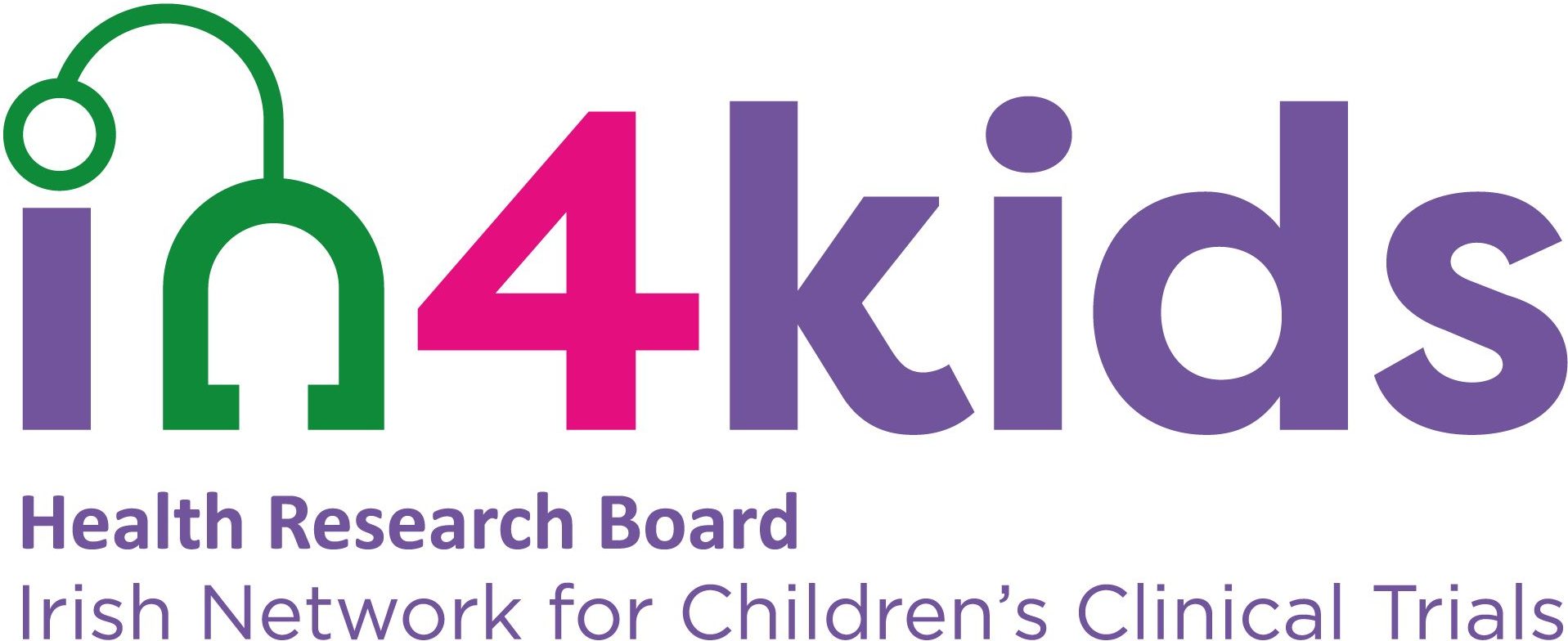Cerebral Palsy Glossary
C
Central nervous system
The brain and spinal cord. It mainly controls voluntary movement and thought processes.
Chroreoathetosis
Type of Cerebral Palsy that results in a variety of muscle tone and involuntary movements of the limbs.
Combat crawling
Crawling while on stomach and using mostly your arms to pull the rest of the body forward
Complementary and alternative medicines (CAMS)
CAMS are medical products and practices that not part of standard medical care. Complementary medicine is used alongside standard medical treatments to support or augment their effects, or to mitigate their side effects. Conversely, alternative medicine is employed as a substitute for standard medical interventions.
Constraint-Induced Movement Therapy (CIMT
Constraint-Induced Movement Therapy (CIMT) is a form of therapy led by an occupational therapist, designed for individuals experiencing challenges using one arm or hand. These individuals typically have reduced range of motion, strength, coordination, and sensation in one of their upper extremities, reducing their ability to perform activities requiring both hands. CIMT involves restricting the use of the stronger arm while providing intensive training for the weaker arm. This approach aims to encourage the affected limb to regain functionality through repetitive practice and focused attention.
Cortical blindness
Total or partial blindness resulting from an injury to visual centers in the cerebral cortex. In this condition, the eyes function normally but the brain can not interpret or process the visual information.
Cortical visual impairment (CVI)
A form of visual impairment that is caused by a brain problem rather than an eye problem. (The latter is sometimes termed "ocular visual impairment" when discussed in contrast to cortical visual impairment.) Some people have both CVI and a form of ocular visual impairment
CT scan
Imaging test using radiation to see structures within the body. It involves being placed in a small tube. Time of the test is usually less than 10 minutes.
